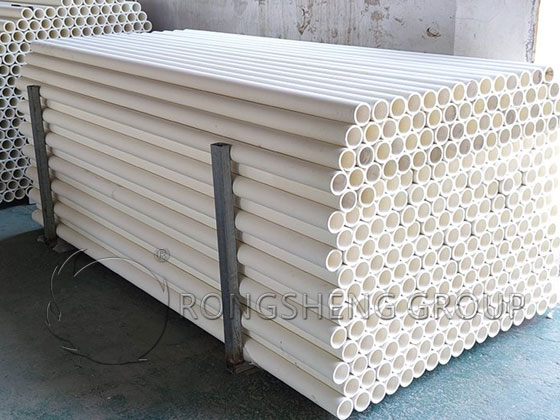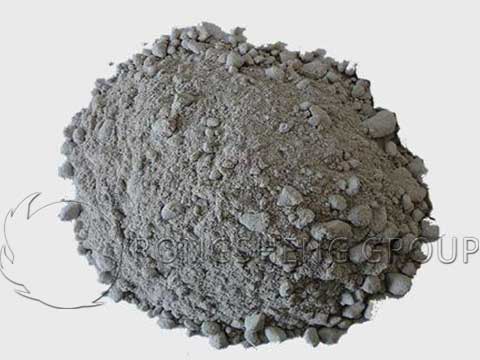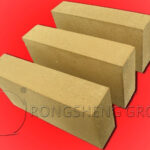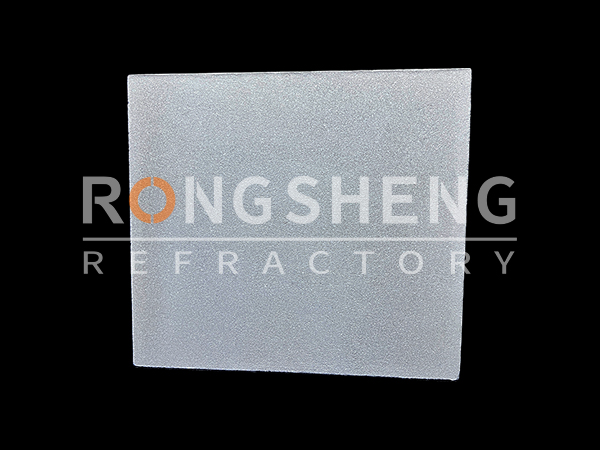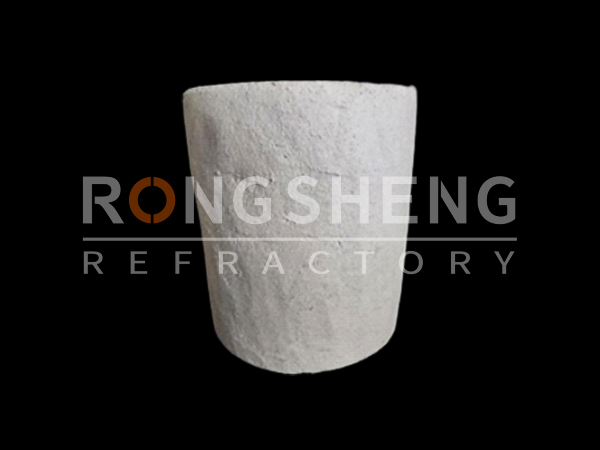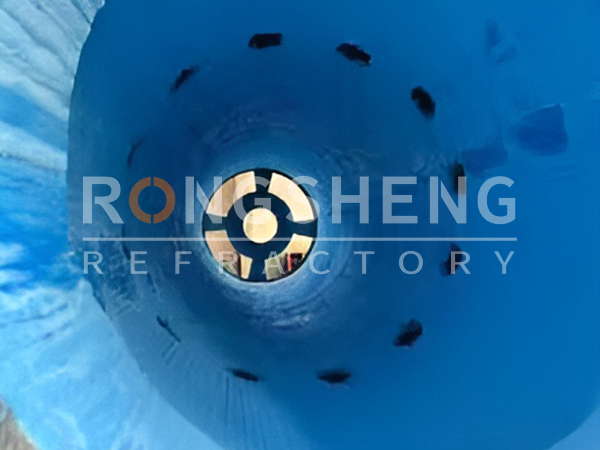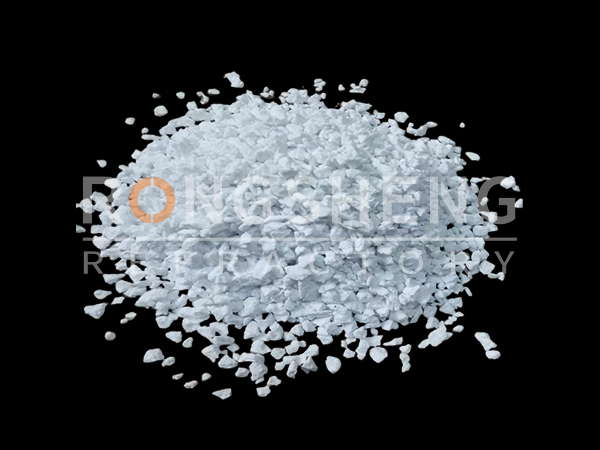Damage and Repair of Carbon Brick Lining in the Furnace Hearth
The temperature of the carbon brick in the furnace hearth is too high, the working conditions of the lining deteriorate, and the damage is accelerated, which affects the long life of the blast furnace and the safe operation of the equipment. For the damage and repair of carbon brick lining in the furnace hearth, all manufacturers are looking for effective measures to curb the rising temperature of carbon bricks. Govern at the early stage of hidden dangers to ensure safe and efficient operation of equipment and strengthen smelting.
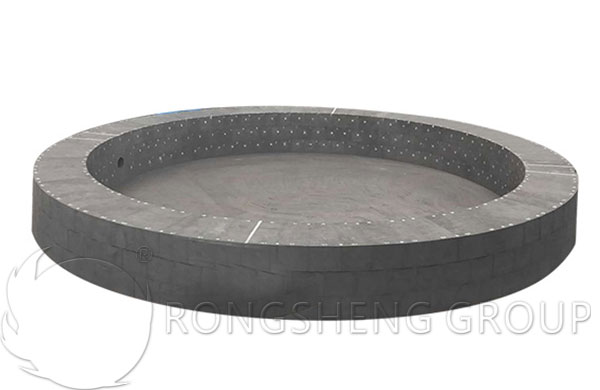
Analysis of the Damage to the Lining of Blast Furnace Carbon Brick
After the blast furnace was put into production for a period of time, due to the consumption of ceramic coasters, the carbon brick lining in the hearth directly suffered the erosion of the molten iron, which may be partially damaged. The bottom of the hearth is recessed and cracked in the shape of a garlic head so that the temperature gradient in the carbon brick increases and the high-temperature area moves outside the furnace.
In addition, the carbon ramming mass material filled between the ring-shaped carbon brick and the stave may shrink after a long time of carbonization. Especially when the blast furnace is built, the charcoal ramming material is not compacted, and it is more likely to be loose. A gas gap is formed in the carbon ramming layer, which seriously affects the cooling effect of the cooling wall on the carbon brick. The thermal resistance of the gas is 200 times that of the dense carbon ramming.
Excluding the damage to the cooling stave, the reason why the monitoring temperature of the thermocouple built in the carbon brick is higher than the normal temperature is mainly caused by the following two situations. In general, by observing the temperature difference between the cooling wall inlet and outlet water, the reason for the local temperature rise of the carbon brick lining can be roughly judged. If the temperature difference between the incoming and outgoing water is higher than the normal part, it should be caused by the carbon brick being eroded and thinned to increase the intensity of the heat flow. When the temperature difference between the incoming and outgoing water is lower than the normal part, it should be caused by the shrinkage of the carbon ramming material and the increase in thermal resistance caused by the gas gap. When both factors are combined, changes in the temperature difference between the incoming and outgoing water may cancel each other out and the changes are uncertain.
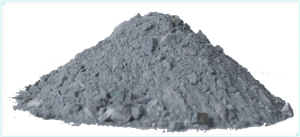
Repair of the Damaged Carbon Brick Lining of Blast Furnace
For the former case, it should be recommended to adopt vanadium-titanium ore protection measures in blast furnace production operations. Increasing the viscosity of the solution in the hearth will help to form a protective layer with a certain thickness on the surface of the carbon brick, to avoid the high-temperature area caused by the further erosion of the carbon brick lining moving in the direction of the furnace. For the latter case, the cooling wall hot surface grouting measures can be taken to eliminate the gas gap in the carbon ramming layer and improve the cooling effect of the cooling wall on the carbon brick. When necessary, the two measures are adopted at the same time to achieve the purpose of reducing the temperature of the furnace carbon brick.
The grouting measure for the hot surface of the cooling stave is to find out the filling position of the iron filings between the two cooling studs at the part where the temperature of the carbon brick in the hearth is too high. After drilling holes in the furnace shell with a magnetic drill, drill through the iron filings layer with an impact drill to reach the carbon ramming layer. Then use a negative pressure ejector to suck out the debris clogged in the hole to make the grouting pipeline unblocked. A high thermal conductivity furnace and a special carbonaceous bottom of the furnace are used to press the slurry into the cold and hot surface of the cooling wall and grouting at the same time. To fill the air gap of the carbon ramming mass layer on the hot surface of the cooling stave to improve the cooling strength of the stave on the carbon brick.
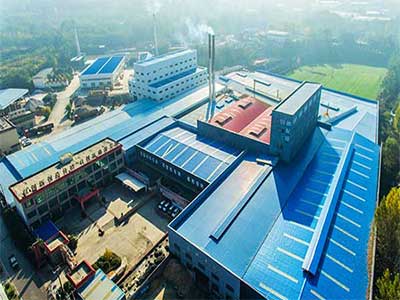
Rongsheng Refractory Bricks Manufacturer
Rongsheng has extensive experience in the production and sales of monolithic refractory materials and refractory bricks. Rongsheng’s fully-automatic unshaped refractories production line, with an annual output of 80,000 tons. And our refractory materials products have been sold to more than 60 countries around the world. Such as Malaysia, South Africa, India, Indonesia, Pakistan, Netherlands, Kuwait, Kenya, Russia, United States, Philippines, Vietnam, etc. To purchase high-quality carbon bricks and high-quality ramming mass materials, please leave your specific needs on the message form of this website. We will reply to you as soon as possible.
